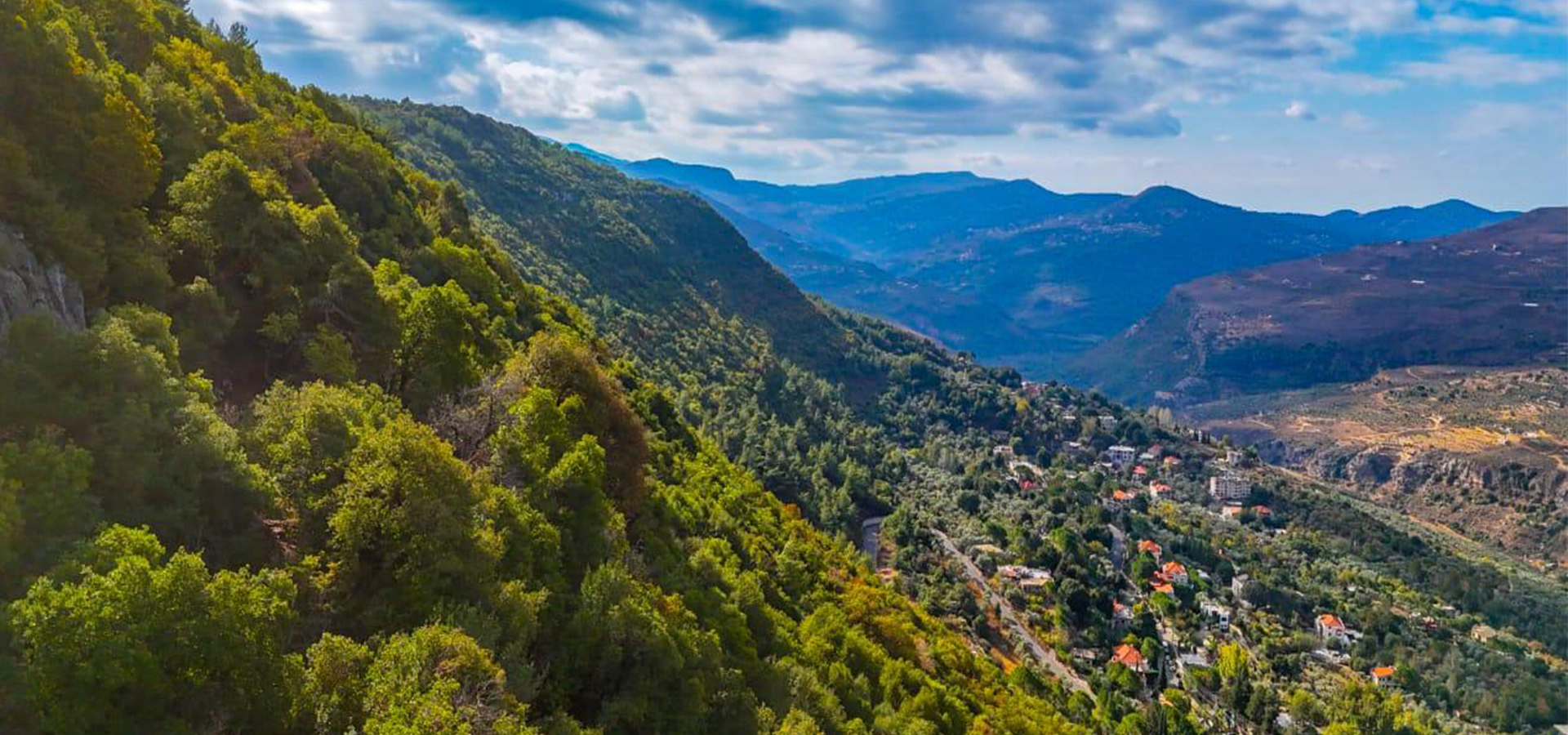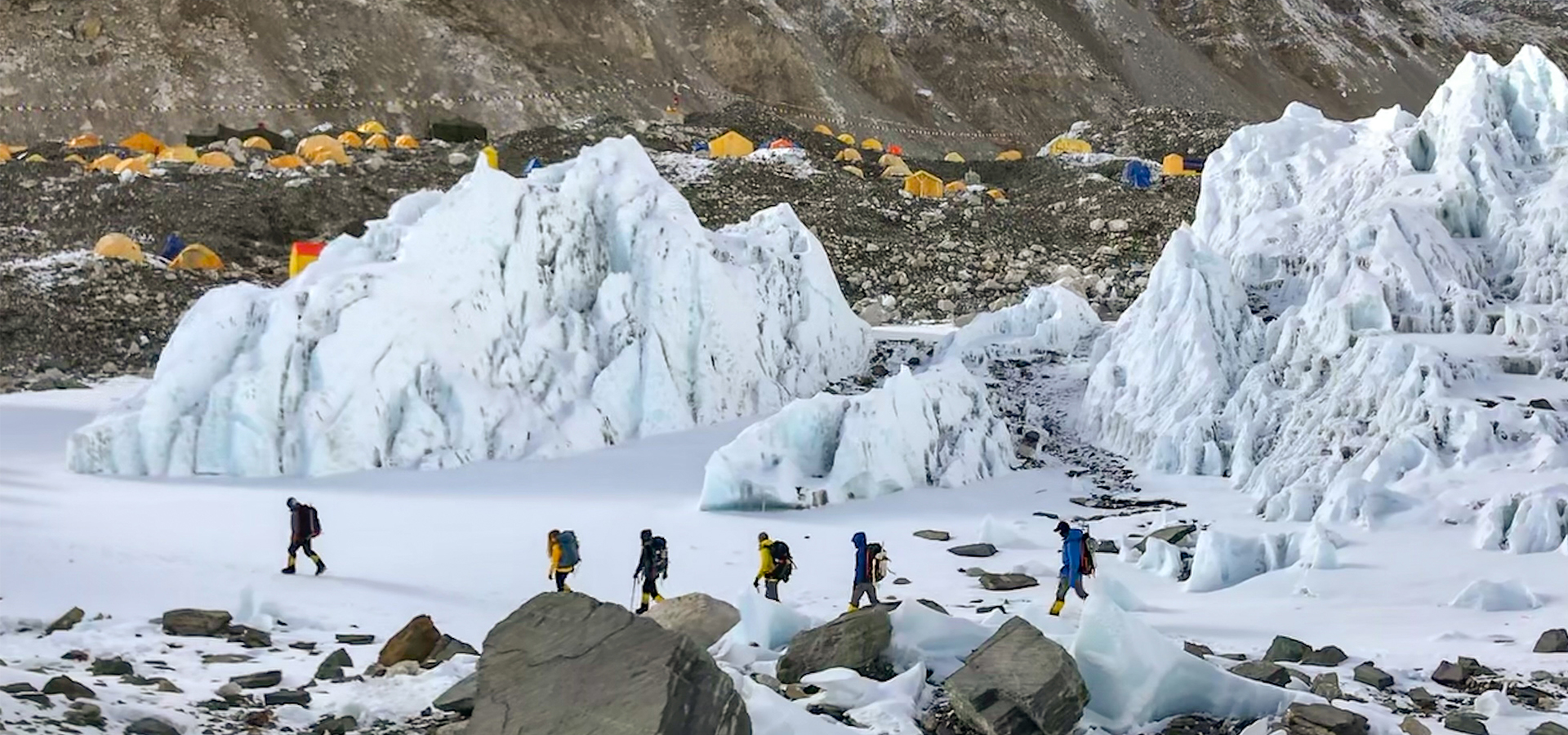
Glaciers (part 1), Introduction & facts.
- February 15, 2021
- 0
Cover image: Tima Deryan – Khumbu glacier.
What is a glacier?
Glaciers are made up of fallen snow that, over many years, compresses into large, thickened ice masses. Glaciers form when snow remains in one location long enough to transform into ice. What makes glaciers unique is their ability to flow. Due to sheer mass, glaciers flow like very slow rivers. Some glaciers are as small as football fields, while others grow to be dozens or even hundreds of kilometers long.
Presently, 10 percent of land area on Earth is covered with glacial ice, including glaciers, ice caps, and the ice sheets of Greenland and Antarctica. Glaciered areas cover over 15 million square kilometers. Glaciers store about 69 percent of the world’s fresh water.
During the last ice age, glaciers covered about 32 percent of the total land area.
Starting around the early 14th century, and lasting to the mid-19th century, the world experienced a “Little Ice Age,” when temperatures were consistently cool enough for glaciers to advance in many areas of the world.
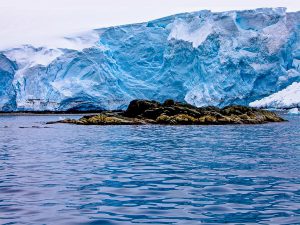
Here are a few fascinating facts about the massive bodies of ice and snow:
– If all land ice melted, sea level would rise approximately 70 meters worldwide.
– Proper glaciers must be a minimum of 1 square km, or nearly 19 football fields!
– Glacier ice crystals can grow to be as large as baseballs.
– They Behave Like Really, Really, REALLY Slow-Moving Rivers
– Glacial ice often appears blue when it has become very dense and free of bubbles. Years of compression gradually make the ice denser over time, forcing out the tiny air pockets between crystals. When glacier ice becomes extremely dense, the ice absorbs a small amount of red light, leaving a bluish tint in the reflected light, which is what we see. When glacier ice is white, that usually means that there are many tiny air bubbles still in the ice.
– North America’s longest glacier is the Bering Glacier in Alaska, measuring 190 kilometers long.
– The Kutiah Glacier in Pakistan holds the record for the fastest glacial surge. In 1953, it raced more than 12 kilometers (7.5 miles) in three months, averaging about 112 meters (367 feet) per day.
– The largest glacier in the world is the Lambert-Fisher Glacier in Antarctica. At 400 km long, and up to 100 km wide, this ice stream alone drains about 8 percent of the Antarctic Ice Sheet.
– Antarctic ice is up to 4.7 kilometers thick in some areas.
– Antarctic ice shelves may calve icebergs that are over 80 kilometers long.
– The Antarctic continent has been at least partially covered by an ice sheet for the past 40 million years.
– The land underneath parts of the West Antarctic Ice Sheet may be up to 2.5 kilometers below sea level.
– There are around 100,000 in Alaska.
– Glaciers can move at a rate of 15m/day.
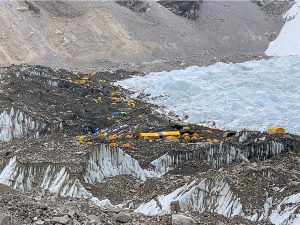
– The Khumbu Glacier is located in the Khumbu region of northeastern Nepal between Mount Everest and the Lhotse-Nuptse ridge. With elevations of 4,900m at its terminus to 7,600m at its source, it is the world’s highest glacier.
– Stretching over 23km, the Aletsch Glacier in canton Valais is the longest in Europe, measuring 1.5km wide on average and 900m at its thickest point.
– The Siachen Glacier in the Karakoram is the world’s largest glacier outside the polar regions.
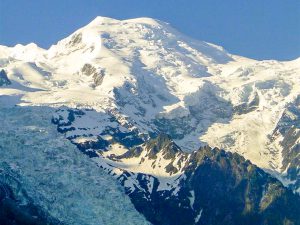
– At the current rate, the glaciers of Africa will disappear by 2040 and “it is highly unlikely that any ice body will remain after 2060”.
– The Southern Patagonian icefield is the largest concentration of ice in the Southern Hemisphere (aside from Antarctica).
– Glaciers can be found on every continent but Australia (although New Zealand has some) and many “live” closer to the equator than one might expect—Mexico’s elevated areas are home to 24 glaciers.
Prepared by: Spyro Klitira







